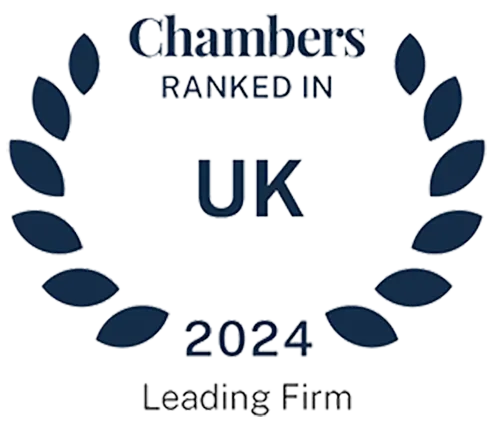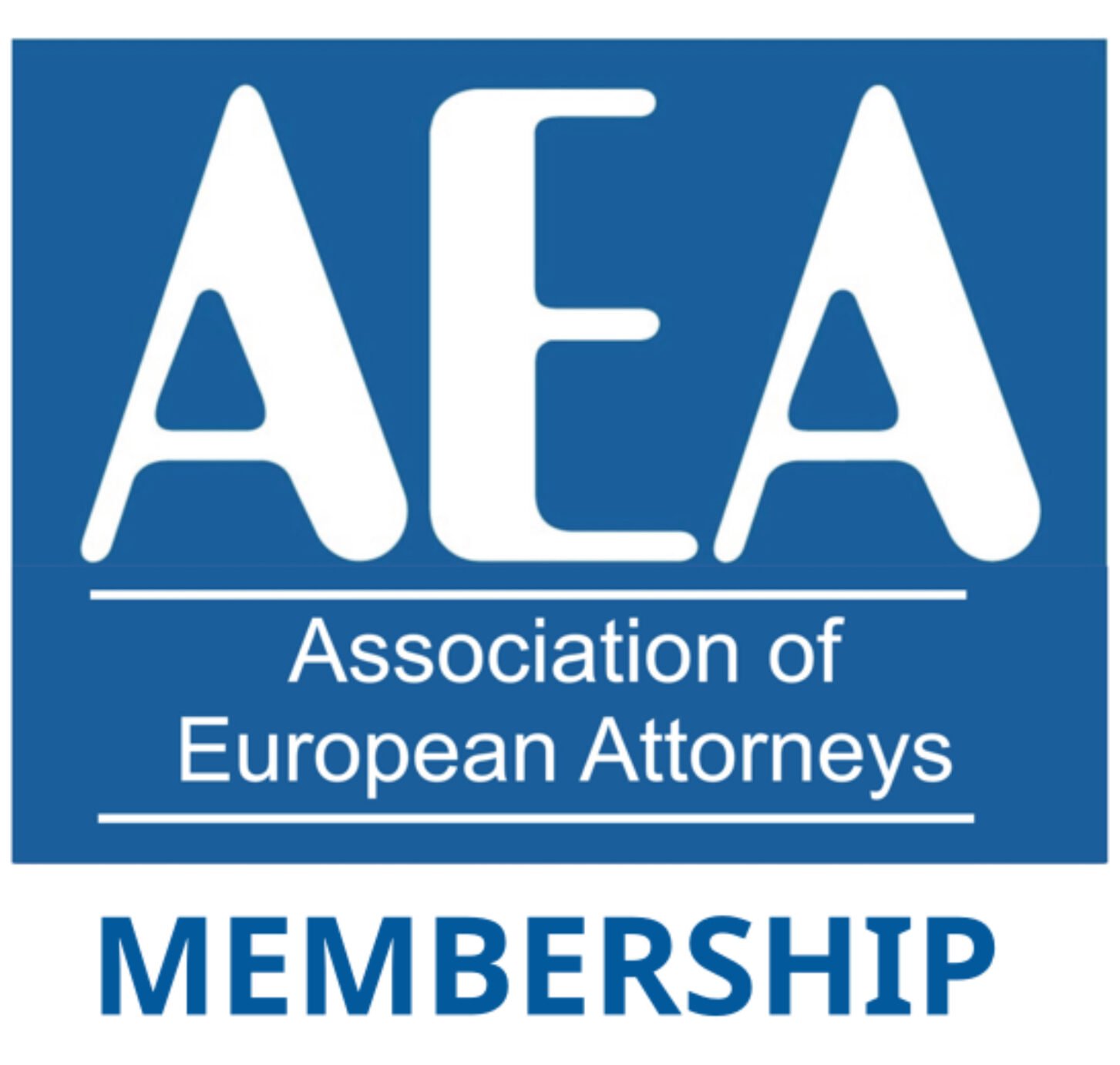
Transparency in the family court has become increasingly necessary in order to allow the public to understand how their private disputes will be dealt with, as it is vital that there is an element of trust in the process. Therefore, it is important to remain updated on the current guidelines for allowing reporters into the court.
Resolution recently discussed this matter on their podcast, so we wanted to outline some of the basics. Following on from the 2023 reporting pilot established in the Family Court, The Transparency Project has released new guidelines earlier this year on what to do when a reporter attends or wishes to attend a hearing for both non-pilot courts and pilot courts.
In terms of basic guidelines for non-pilot courts, they emphasised the following key principles as worth taking into account. Reporters are generally allowed to attend hearings, and do not need to apply or give notice to do so. Though there are exceptions, as outlined in the Family Procedure Rules p.14 (which extends to adoption etc.), this is a general rule for reporters with accepted credentials. Equally, for guidelines on what a reporter is allowed to report, see the more detailed examples here, as this is determined on a case-by-case basis and the nature of the hearing and proceedings. A reporter should not be asked to reveal their source, and neither should the court have any engagement with editorial control of reporting. A reporter should also be enabled to share information with their editorial team, and this should not be an issue- it should also be made explicit to avoid any confusion. The guidelines also make explicit that communication is important, and reporters should be enabled freedom to discuss with lawyers and judges. As examined in the guidelines, there are practical steps that can be taken if anyone is uncertain as to the reporters status in the court before they enter and in the aftermath. There is also specific information a reporter is free to request, such as key documents to aid understanding of the case and is allowed to be provided with. Some judges have also drafted Transparency Orders to explicitly outline what a reporter can discuss.
The rules outlined for reporting pilot courts are generally similar, but are slightly different as the court is expected to draft a Transparency Order if the reporter has been able to give sufficient notice of their intention to attend under the Reporting Pilot. Under this, the reporter will be entitled to see certain core documents without application and these should be provided without delay by legal representatives. The key difference here is that non-pilot courts may not have this outlined as explicitly, so reporters might not expect to receive these documents as promptly. Essentially, it is necessary to understand that the primary aim of both guidelines is to ensure that reporters have access to the necessary information, but more importantly a general acceptance and understanding of their right to be present in court. As explained by Joshua Rozenberg KC, it is important to also remember that it is not inappropriate for a party or lawyer to ask a reporter to attend a case, as this has both been explicitly endorsed by the judges responsible for the Reporting Pilot and a requirement in order to have reporters attending significant cases.
At Brighton & Hove Law, we recognise the need for transparency in the Family Court to ensure that our clients feel secure and understand the processes they are potentially going through. It is thereby beneficial for reporting to be upheld as a generally acceptable practice where necessary to demonstrate that the family court is fair and accountable. Please don’t hesitate to contact us if you have any questions or concerns about this matter.











